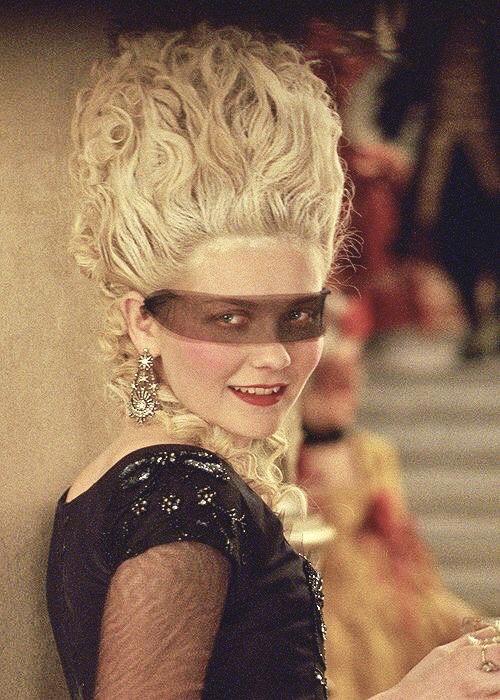




Sofia Coppola creates a distinctive visual world in Marie Antoinette, with pastel tones, sumptuous sets, and lavish costumes and bold anachronisms From the soft glow of mint green and powdered pink to the decadent towers of pastries and pearls, every frame is a celebration of delight and decadence


Through this visual language, Sofia Coppola explores themes central to her work, such as feminine fragility, intimacy and isolation, the superficial nature of opulence and the social position of women.
The character is shown not as a historical villain, but as a misunderstood teenager trapped in a world of rigid tradition and unrealistic expectations. At just 14 years old, Marie Antoinette is sent from Austria to France to marry the Dauphin, Louis XVI




However, Coppola chooses not to depict her execution, ending the story on a more personal and intimate note rather than a political one Through this interpretation, Marie Antoinette is shown as a tragic figure flawed, overwhelmed, but deeply human.


Marie Antoinette’s wardrobe becomes a central narrative device- visually charting her psychological and political transformation. As the story progresses, her style evolves dramatically: from a playful, overwhelmed teenager to an isolated, burdened queen

Each chapter of her life is reflected in fabric, silhouette, and color. Oscar-winning costume designer Milena Canonero blends 18thcentury French court fashion with subtle modern cues, using clothing to express both identity and commentary. In this film, garments do not simply adorn they narrate.
By the film’s end, Marie's wardrobe sheds its extravagance. The queen who once ruled in ribbons now walks in linen and soft creams, her silhouette simplified and somber In the privacy of Petit Trianon, her look mirrors Rousseau's naturalism no wigs, no pomp, just quiet rebellion in cotton. The "sunrise scene", where she stands in a sheer white chemise, captures the haunting calm before collapse.







Our project aims to reinterpret Marie Antoinette through a modern aesthetic lens, merging historical inspiration with contemporary style We explore the contrast between two iconic sides of the queen: the soft, carefree elegance of a “countrycore” Marie, stripped of courtly excess; and the opulent decadence of the legendary “Let Them Eat Cake” moment, where she revels in indulgence and joy with her closest friends.
Through fashion and photography, we bring these dualities to life simplicity and splendor, rebellion and royalty.
S H O O T I N G T H E R E V O L U T I O N






Villa Borghese, Rome
In one of the most iconic scenes from Marie Antoinette, the queen lounges in the countryside with her closest friends, surrounded by books, and soft golden light It’s a rare moment of calm, far from the pressures of the crown.
In this scene, we captured a serene picnic under the trees, between readings and berries, we added an intimate ritual applying makeup together, transforming the pastoral pause into a moment of shared femininity.
Flushed cheeks by Dior, glossy lips, and a touch of Carolina Herrera’s perfume. It’s a celebration of softness, friendship, and beauty


Sofia Coppola’s Marie Antoinette made fashion history with the infamous shoe montage, a riot of color, excess, and rebellion set inside the opulence of Versailles But in our version, indulgence steps outside
We brought the ritual of getting ready into the quiet of the countryside Among soft blankets, books, and macarrons, the girls slipped into shoes not for the court, but for themselves






"Ceremony" – New Order "Hong Kong Garden" – Siouxsie and the Banshees "What Ever Happened?" – The Strokes "Natural’s Not In It" – Gang of Four "I Want Candy" – Bow Wow Wow "Plainsong" – The Cure "Tommib" – Squarepusher "Kings of the Wild Frontier" – Adam and the Ants "Opus 23" – Dustin O’Halloran "Avril 14th" – Aphex Twin “Tristan Und Isolde: Prelude” – Richard Wagner



Emilia Klinkiewicz 2196299
Gabriela Salinas 2182744
Barbara Kania 2196300
Alice Louis 2182911
Lucia Tapia García 2182496
Jamyrrh Danielle Muena 2132473